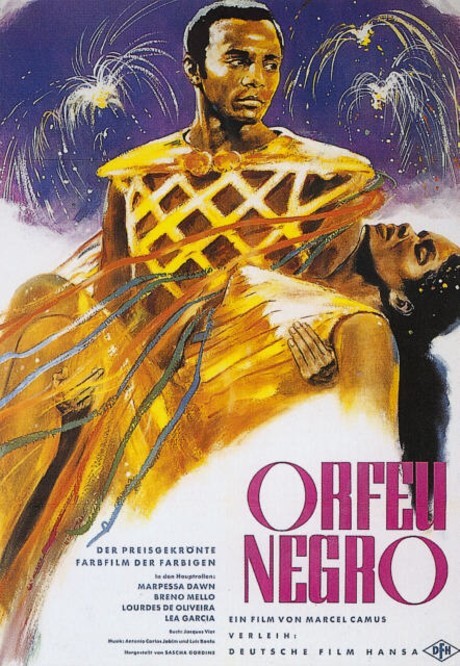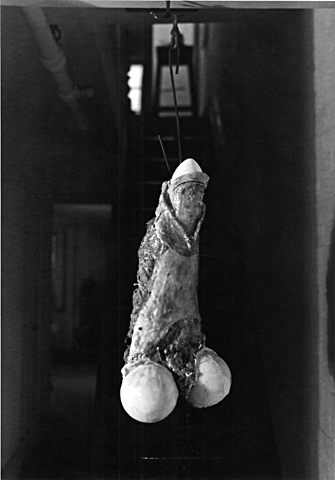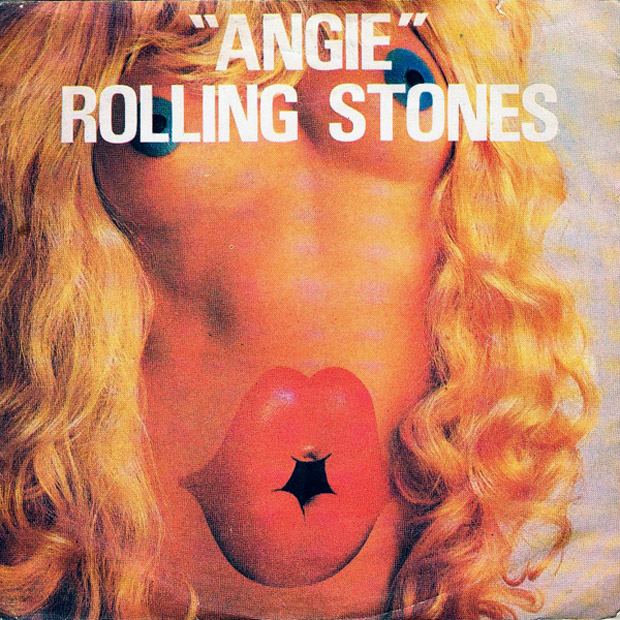 Charles Bukowski claimed Artaud as a major influence on his work
Charles Bukowski claimed Artaud as a major influence on his work
“kré puc te
kré everything must puk te
pek be arranged li le
kré to a hair pek ti le
e in a fulminating kruk
pte order.
I learned yesterday
(I must be behind the times, or perhaps it’s only a false
rumor, one of those pieces of spiteful gossip that are circulated between sink and latrine at the hour when meals that have been ingurgitated one more time are thrown in the slop buckets),
I learned yesterday
one of the most sensational of those official practices of American public schools
which no doubt account for the fact that this country believes itself to be in the vanguard of progress,
It seems that, among the examinations or tests required of a child entering public school for the first time, there is the so-called seminal fluid or sperm test,
which consists of asking this newly entering child for a small
amount of his sperm so it can be placed in a jar
and kept ready for any attempts at artificial insemination that might later take place.
For Americans are finding more and more that they lack muscle
and children,
that is, not workers
but soldiers,
and they want at all costs and by every possible means to make and manufacture soldiers
with a view to all the planetary wars which might later take place,
and which would be intended to demonstrate by the over-whelming virtues of force
the superiority of American products,
and the fruits of American sweat in all fields of activity and of the superiority of the possible dynamism of force.
Because one must produce,
one must by all possible means of activity replace nature
wherever it can be replaced,
one must find a major field of action for human inertia,
the worker must have something to keep him busy,
new fields of activity must be created,
in which we shall see at last the reign of all the fake manufactured products,
of all the vile synthetic substitutes
in which beatiful real nature has no part,
and must give way finally and shamefully before all the victorious substitute products
in which the sperm of all artificial insemination factories
will make a miracle
in order to produce armies and battleships.
No more fruit, no more trees, no more vegetables, no more plants pharmaceutical or otherwise and consequently no more food,
but synthetic products to satiety,
amid the fumes,
amid the special humors of the atmosphere, on the particular axes of atmospheres wrenched violently and synthetically from the resistances of a nature which has known nothing of war except fear.
And war is wonderful, isn’t it?
For it’s war, isn’t it, that the Americans have been preparing for and are preparing for this way step by step.
In order to defend this senseless manufacture from all competition that could not fail to arise on all sides,
one must have soldiers, armies, airplanes, battleships,
hence this sperm
which it seems the governments of America have had the effrontery to think of.
For we have more than one enemy lying in wait for us,
my son,
we, the born capitalists,
and among these enemies
Stalin’s Russia
which also doesn’t lack armed men.
All this is very well,
but I didn’t know the Americans were such a warlike people.
In order to fight one must get shot at
and although I have seen many Americans at war
they always had huge armies of tanks, airplanes, battleships
that served as their shield.
I have seen machines fighting a lot
but only infinitely far behind them have I seen the men who directed them.
Rather than people who feed their horses, cattle, and mules the last tons of real morphine they have left and replace it with substitutes made of smoke,
I prefer the people who eat off the bare earth the delirium from which they were born
I mean the Tarahumara eating Peyote off the ground
while they are born,
and who kill the sun to establish the kingdom of black night,
and who smash the cross so that the spaces of spaces can never again meet and cross.
And so you are going to hear the dance of TUTUGURI.
TUTUGURI
The Rite of the Black Sun
And below, as if at the foot of the bitter slope,
cruelly despairing at the heart,
gapes the circle of the six crosses,
very low
as if embedded in the mother earth,
wrenched from the foul embrace of the mother
who drools.
The earth of black coal
is the only damp place
in this cleft rock.
The Rite is that the new sun passes through seven points before blazing on the orifice of the earth.
And there are six men,
one for each sun,
and a seventh man
who is the sun
in the raw
dressed in black and in red flesh.
But, this seventh man
is a horse,
a horse with a man leading him.
But it is the horse
who is the sun
and not the man.
At the anguish of a drum and a long trumpet,
strange,
the six men
who were lying down,
rolling level with the ground,
leap up one by one like sunflowers,
not like suns
but turning earths,
water lilies,
and each leap
corresponds to the increasingly somber
and restrained
gong of the drum
until suddenly he comes galloping, at vertiginous speed,
the last sun,
the first man,
the black horse with a
naked man,
absolutely naked
and virgin
riding it.
After they leap up, they advance in winding circles
and the horse of bleeding meat rears
and prances without a stop
on the crest of his rock
until the six men
have surrounded
completely
the six crosses.
Now, the essence of the Rite is precisely
The Abolition of the Cross
When they have stopped turning
they uproot
the crosses of earth
and the naked man
on the horse
holds up
an enormous horseshoe
which he has dipped in a gash of his blood.
The Pursuit of Fecality
There where it smells of shit
it smells of being.
Man could just as well not have shat,
not have opened the anal pouch,
but he chose to shit
as he would have chosen to live
instead of consenting to live dead.
Because in order not to make caca,
he would have had to consent
not to be,
but he could not make up his mind to lose
being,
that is, to die alive.
There is in being
something particularly tempting for man
and this something is none other than
CACA.
(Roaring here.)
To exist one need only let oneself be,
but to live,
one must be someone,
to be someone,
one must have a BONE,
not be afraid to show the bone,
and to lose the meat in the process.
Man has always preferred meat
to the earth of bones.
Because there was only earth and wood of bone,
and he had to earn his meat,
there was only iron and fire
and no shit,
and man was afraid of losing shit
or rather he desired shit
and, for this, sacrificed blood.
In order to have shit,
that is, meat,
where there was only blood
and a junkyard of bones
and where there was no being to win
but where there was only life to lose
o reche modo
to edire
di za
tau dari
do padera coco
At this point, man withdrew and fled.
Then the animals ate him.
It was not a rape,
he lent himself to the obscene meal.
He relished it,
he learned himself
to act like an animal
and to eat rat
daintily.
And where does this foul debasement come from?
The fact that the world is not yet formed,
or that man has only a small idea of the world
and wants to hold on to it forever?
This comes from the fact that man,
one fine day,
stopped
the idea of the world.
Two paths were open to him:
that of the infinite without,
that of the infinitesimal within.
And he chose the infinitesimal within.
Where one need only squeeze
the spleen,
the tongue,
the anus
or the glans.
And god, god himself squeezed the movement.
Is God a being?
If he is one, he is shit.
If he is not one
he does not exist.
But he does not exist,
except as the void that approaches with all its forms
whose most perfect image
is the advance of an incalculable group of crab lice.
“You are mad Mr. Artaud, what about the mass?”
I deny baptism and the mass.
There is no human act,
on the internal erotic level,
more pernicious than the descent
of the so-called jesus-christ
onto the altars.
No one will believe me
and I can see the public shrugging its shoulders
but the so-called christ is none other than he
who in the presence of the crab louse god
consented to live without a body,
while an army of men
descended from a cross,
to which god thought he had long since nailed them,
has revolted,
and, armed with steel,
with blood,
with fire, and with bones,
advances, reviling the Invisible
to have done with GOD’S JUDGMENT.
The Question Arises…
What makes it serious
is that we know
that after the order
of this world
there is another.
What is it like?
We do not know.
The number and order of possible suppositions in
this realm
is precisely
infinity!
And what is infinity?
That is precisely what we do not know!
It is a word
that we use
to indicate
the opening
of our consciousness
toward possibility
beyond measure,
tireless and beyond measure.
And precisely what is consciousness?
That is precisely what we do not know.
It is nothingness.
A nothingness
that we use
to indicate
when we do not know something
from what side
we do not know it
and so
we say
consciousness,
from the side of consciousness,
but there are a hundred thousand other sides.
Well?
It seems that consciousness
in us is
linked
to sexual desire
and to hunger;
but it could
just as well
not be linked
to them.
One says,
one can say,
there are those who say
that consciousness
is an appetite,
the appetite for living;
and immediately
alongside the appetite for living,
it is the appetite for food
that comes immediately to mind;
as if there were not people who eat
without any sort of appetite;
and who are hungry.
For this too
exists
to be hungry
without appetite;
well?
Well
the space of possibility
was given to me one day
like a loud fart
that I will make;
but neither of space,
nor possibility,
did I know precisely what it was,
and I did not feel the need to think about it,
they were words
invented to define things
that existed
or did not exist
in the face of
the pressing urgency
of a need:
the need to abolish the idea,
the idea and its myth,
and to enthrone in its place
the thundering manifestation
of this explosive necessity:
to dilate the body of my internal night,
the internal nothingness
of my self
which is night,
nothingness,
thoughtlessness,
but which is explosive affirmation
that there is
something
to make room for:
my body.
And truly
must it be reduced to this stinking gas,
my body?
To say that I have a body
because I have a stinking gas
that forms
inside me?
I do not know
but
I do know that
space,
time,
dimension,
becoming,
future,
destiny,
being,
non-being,
self,
non-self,
are nothing to me;
but there is a thing
which is something,
only one thing
which is something,
and which I feel
because it wants
TO GET OUT:
the presence
of my bodily
suffering,
the menacing,
never tiring
presence
of my
body;
however hard people press me with questions
and however vigorously I deny all questions,
there is a point
at which I find myself compelled
to say no,
NO
then
to negation;
and this point
comes when they press me,
when they pressure me
and when they handle me
until the exit
from me
of nourishment,
of my nourishment
and its milk,
and what remains?
That I am suffocated;
and I do not know if it is an action
but in pressing me with questions this way
until the absence
and nothingness
of the question
they pressed me
until the idea of body
and the idea of being a body
was suffocated
in me,
and it was then that I felt the obscene
and that I farted
from folly
and from excess
and from revolt
at my suffocation.
Because they were pressing me
to my body
and to the very body
and it was then
that I exploded everything
because my body
can never be touched.
Conclusion
– And what was the purpose of this broadcast, Mr. Artaud?
– Primarily to denounce certain social obscenities officially sanctioned and acknowledged:
1.this emission of infantile sperm donated by children for the artificial insemination of fetuses yet to be born and which will be born in a century or more.
2.To denounce, in this same American people who occupy the whole surface of the former Indian continent, a rebirth of that warlike imperialism of early America that caused the pre-Columbian Indian tribes to be degraded by the aforesaid people.
3.- You are saying some very bizarre things, Mr. Artaud.
4.- Yes, I am saying something bizarre, that contrary to everything we have been led to believe, the pre-Columbian Indians were a strangely civilized people and that in fact they knew a form of civilization based exclusively on the principle of cruelty.
5.- And do you know precisely what is meant by cruelty?
6.- Offhand, no, I don’t.
7.- Cruelty means eradicating by means of blood and until blood flows, god, the bestial accident of unconscious human animality, wherever one can find it.
8.- Man, when he is not restrained, is an erotic animal,
he has in him an inspired shudder,
a kind of pulsation
that produces animals without number which are the form that the ancient tribes of the earth universally attributed to god.
This created what is called a spirit.
Well, this spirit originating with the American Indians is reappearing all over the world today under scientific poses which merely accentuate its morbid infectuous power, the marked condition of vice, but a vice that pullulates with diseases,
because, laugh if you like,
what has been called microbes
is god,and do you know what the Americans and the Russians use to make their atoms?
They make them with the microbes of god.
– You are raving, Mr. Artaud.
You are mad.
– I am not raving.
I am not mad.
I tell you that they have reinvented microbes in order to impose a new idea of god.
They have found a new way to bring out god and to capture him in his microbic noxiousness.
This is to nail him though the heart,
in the place where men love him best,
under the guise of unhealthy sexuality,
in that sinister appearance of morbid cruelty that he adopts
whenever he is pleased to tetanize and madden humanity as he
is doing now.
He utilizes the spirit of purity and of a consciousness that has
remained candid like mine to asphyxiate it with all the false
appearances that he spreads universally through space and this
is why Artaud le Mômo can be taken for a person suffering
from hallucinations.
– What do you mean, Mr. Artaud?
– I mean that I have found the way to put an end to this ape once and for all
and that although nobody believes in god any more everybody believes more and more in man.
So it is man whom we must now make up our minds to emasculate.
– How’s that?
How’s that?
No matter how one takes you you are mad, ready for the straitjacket.
– By placing him again, for the last time, on the autopsy table to remake his anatomy.
I say, to remake his anatomy.
Man is sick because he is badly constructed.
We must make up our minds to strip him bare in order to scrape off that animalcule that itches him mortally,
god,
and with god
his organs.
For you can tie me up if you wish,
but there is nothing more useless than an organ.
When you will have made him a body without organs,
then you will have delivered him from all his automatic reactions
and restored him to his true freedom.
They you will teach him again to dance wrong side out
as in the frenzy of dance halls
and this wrong side out will be his real place.”
Antonin Artaud
Artaud’s last work was an audio piece called To Have Done With The Judgment Of God (Pour en Finir avec le Jugement de Dieu), and it proved to be equally unpopular, at least with some very important people. Commissioned by Ferdinand Pouey, head of the dramatic and literary broadcasts for French Radio in 1947, the work was written by Artaud after he spent the better part of WWII interned in an asylum where he endured the worst of his treatment. The piece is as raw and emotionally naked as you might expect –an anguished rant against society. A raving screed filled with scatological imagery, screams, nonsense words, anti-American invectives and anti-Catholic pronouncements.
Although the work remained true to his Theatre of Cruelty, utilizing an array of unsettling sounds, cries, screams and grunts, it was shelved by French Radio the day before it was scheduled to air, on February 2, 1948. Artaud died one month later.
Poet Allen Ginsberg claimed his introduction to Artaud, specifically To Have Done with the Judgement of God, by Carl Solomon had a tremendous influence on his most famous poem Howl.
 Black Orpheus (Marcel Camus, 1959). Poster by Helmuth Ellgaard for the German release
Black Orpheus (Marcel Camus, 1959). Poster by Helmuth Ellgaard for the German release




































